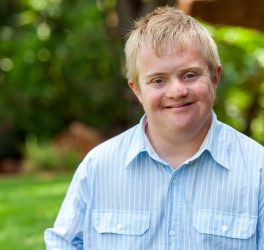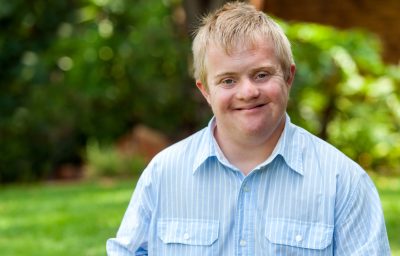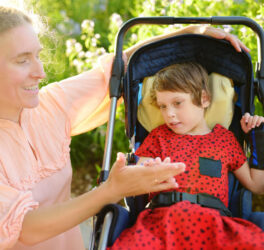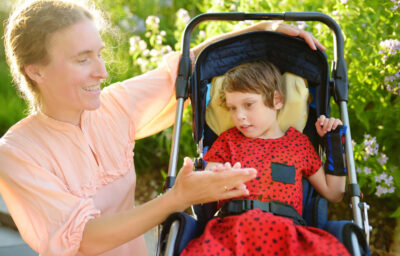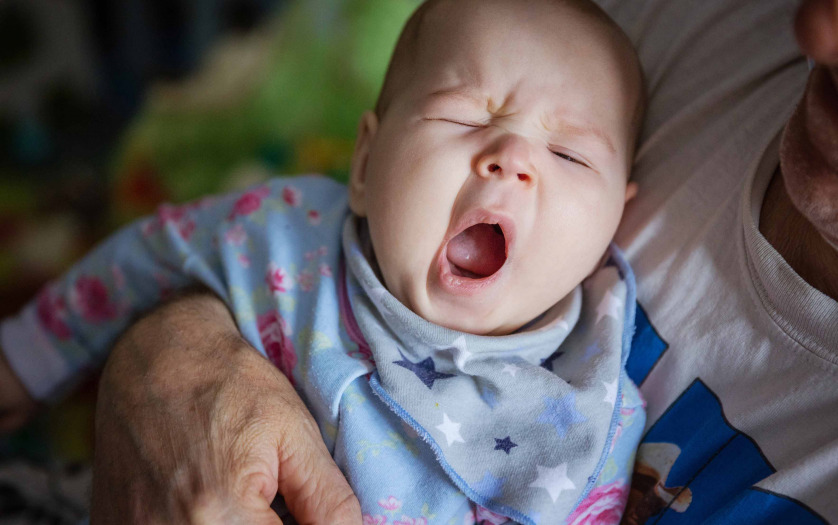
Researchers at the University of California, Los Angeles, have found evidence of signature brain activity in infants that predicted autism symptoms later at 18 months old.
The work, led by Shafali Jeste, MD, at UCLA appears in Biological Psychiatry: Cognitive Neuroscience and Neuroimaging, published by Elsevier.
“Early identification and intervention is key to getting better outcomes for children with neurodevelopmental disorders,” said Cameron Carter, MD, Editor of Biological Psychiatry: Cognitive Neuroscience and Neuroimaging.
“This study suggests that relatively low-cost diagnostic tools such as EEG may, in the not-too-distant future, help us to do a better job by identifying atypical brain development in infancy, when interventions may be even more impactful than when offered to toddlers and young children.”
The researchers used electroencephalography (EEG), a non-invasive technique to measure electrical brain activity from outside the head and tracked neural activity in the so-called alpha range. Alpha-range activity is associated with long-range connections in the brain. The group then used an approach that allowed them to integrate data from across the brain.
One crucial aspect of brain development is the change in patterns of brain activity. We wanted to know if measures of neural activity could detect atypical brain development in autism during early infancy.”
The researchers used computer modeling to predict symptom outcomes at 18 months based on the babies’ neural activity in infancy. The model’s predictions correlated with the actual symptoms measured in the toddlers. The model was not able to predict verbal or non-verbal cognitive scores in the toddlers-suggesting that the brain connectivity pattern may be a specific marker of autism.
In infants that later showed higher autism symptoms, researchers saw decreased connectivity between frontal regions. The infants also showed increased connections across temporo-parietal areas in the right hemisphere, which are associated with social information processing.

